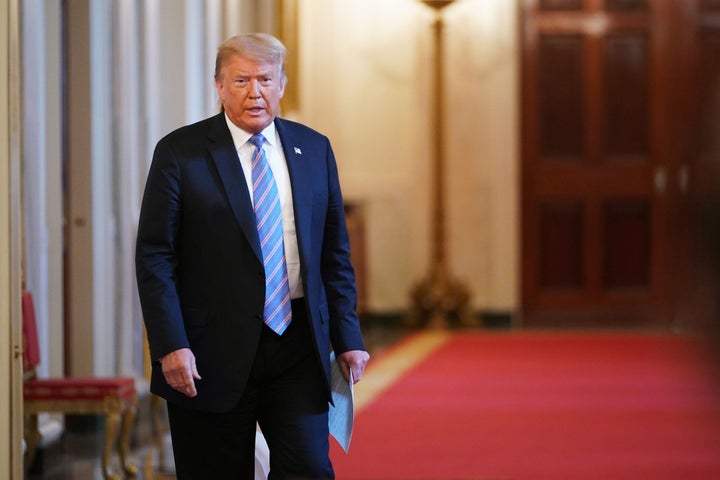The European Union plans to open its borders to non-essential travellers such as tourists and most business people from a limited number of countries outside the bloc from July 1.
Australia is on the list although its citizens are still under a government imposed travel ban which is unlikely to lift until COVID-19 cases around the world improve.
The 27 EU governments agreed on an initial “safe list” of 14 countries, which excludes the United States, Brazil, Russia and Turkey.
Who is on the list and why?
Algeria, Australia, Canada, Georgia, Japan, Montenegro, Morocco, New Zealand, Rwanda, Serbia, South Korea, Thailand, Tunisia, Uruguay are on the list. China will be included if it lets in EU visitors because reciprocity is a condition.
The EU considers those countries to have similar or better control of the COVID-19 pandemic as the bloc itself, based on the number of cases per 100,000 people in the previous two weeks. The EU average is around 16.
The figures for the United States, Mexico, Brazil and much of Latin America, Russia, South Africa, Saudi Arabia and Turkey are too high, according to data from the European Centre for Disease Prevention and Control.
As well having a stable or decreasing trend of new infections, countries must have sufficient testing, contact tracing, containment and treatment capabilities to deal with the pandemic and containment measures in place for all journeys.
They also need to satisfy the European Union that their data is available and reliable. Simply having no reported cases, as is the case with Tanzania, Turkmenistan and Laos, is not enough.

Where can they go?
Travellers from the “safe list” countries will potentially be able to go to Europe and then travel freely throughout the Schengen area, which includes 22 EU countries, plus Iceland, Liechtenstein, Norway and Switzerland.
The list will be reviewed every two weeks to add some countries and remove others. It is only a recommendation to EU members, who can still impose some travel restrictions. The idea at least is that they should not open up to other countries.
Australian citizens are under a strict international travel ban imposed by the federal government and it’s unlikely to lift anytime soon.

What’s happening with the US and EU?
The temporarily ban on travellers from the United States is a sharp rebuke of the Trump administration’s mishandling of the coronavirus pandemic.
EU countries have barred most foreign travellers since mid-March, but many leaders are anxious to reopen their economies after months of lockdown and social distancing measures.
The New York Times, which first reported discussions around the ban, said officials in Brussels attempted to make the determination on which countries to exclude nonpolitical, relying instead on infection statistics and science.
The US is still reeling from the pandemic. More than 2.5 million people have tested positive for COVID-19, and over 126,000 have died ― more than in any other country. Cases are surging in more than two dozen states that have largely reopened businesses and eased social distancing measures. Many did so after admonishments by President Donald Trump, who continues downplaying the threat of the virus.
Europe, on the other hand, has been largely successful at controlling infections, although the threat of a second wave remains a concern.
The EU’s ban follows a similar restriction imposed by Trump as the virus first began spreading around the globe. In March, the White House issued a restrictive ban on citizens from most countries in the EU bloc, infuriating the union’s leaders. Trump said last month that Europeans would soon be welcomed back into America, but his administration has not yet eased restrictions.
The leaders of the three major countries affected by the EU ban all have been largely dismissive of the virus threat. Trump has routinely suggested the disease will go away on its own, Brazilian President Jair Bolsonaro has rejected scientific advice and embraced an anti-malaria drug that doesn’t work against COVID-19, and Russian President Vladimir Putin has declared the virus under control, even as cases surge.
With additional reporting from HuffPost US.